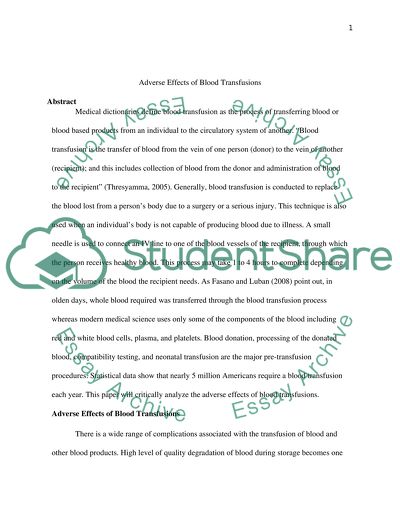Cite this document
(“Adverse Effects of Blood Transfusions Research Paper”, n.d.)
Adverse Effects of Blood Transfusions Research Paper. Retrieved from https://studentshare.org/health-sciences-medicine/1441550-adverse-effects-of-blood-transfusions
Adverse Effects of Blood Transfusions Research Paper. Retrieved from https://studentshare.org/health-sciences-medicine/1441550-adverse-effects-of-blood-transfusions
(Adverse Effects of Blood Transfusions Research Paper)
Adverse Effects of Blood Transfusions Research Paper. https://studentshare.org/health-sciences-medicine/1441550-adverse-effects-of-blood-transfusions.
Adverse Effects of Blood Transfusions Research Paper. https://studentshare.org/health-sciences-medicine/1441550-adverse-effects-of-blood-transfusions.
“Adverse Effects of Blood Transfusions Research Paper”, n.d. https://studentshare.org/health-sciences-medicine/1441550-adverse-effects-of-blood-transfusions.


